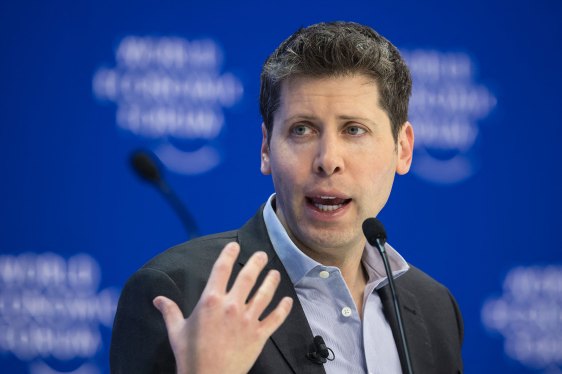OpenAI Aims to Revolutionize AI with Upcoming Language Model

In a bold move, OpenAI has announced plans for its first open-source language model since GPT-2, set to debut in the summer of 2025. The initiative arises amidst escalating competition from companies like DeepSeek and Meta, who have forged paths with their own open models, garnering significant traction in the AI community. This new language model aims to be a leading player in the open AI landscape, focusing on being best-in-class in performance benchmarks against established models.
Aidan Clark, VP of Research at OpenAI, is helming this project, which is reportedly still in its nascent stages. Sources suggest the new model will be particularly flexible, allowing developers to turn its reasoning capabilities on or off, similar to recent offerings from competitors like Anthropic. The intention is to create a user-friendly tool that runs efficiently on high-end consumer hardware, making advanced AI technology accessible to a broader audience.
This strategic pivot comes as OpenAI faces criticism from various quarters for its previous closed-door model developments. The company’s approach intends to circumvent the criticisms surrounding restrictive licenses imposed by other open models, such as Llama and Google’s Gemma, which have been deemed problematic within the community. By adopting a permissive licensing strategy, OpenAI hopes to foster an experimental environment for developers and researchers alike.
Meta’s success with Llama, reportedly achieving over a billion downloads, highlights the potential advantages of adopting an open strategy in AI model deployment. In parallel, DeepSeek’s growth as a significant competitor with a broad user base has underscored the urgency for OpenAI to remain relevant and innovative in the field. By adopting an open-source framework, OpenAI not only aims to enhance model performance but also to engage more effectively with the developer community and address the pressing demands for safer and more adaptable AI technologies.
The scrutiny surrounding AI safety continues to loom large, especially after allegations of rushed testing and inadequate safety reviews during previous releases. OpenAI’s CEO, Sam Altman, has voiced the need for a better open-source strategy, acknowledging past missteps. He has committed to a rigorous safety evaluation process for the upcoming model, with plans for a comprehensive model card detailing internal and external benchmarking results.
In conclusion, as the AI race intensifies, OpenAI is seeking to redefine its position in the market by championing an open-source approach that prioritizes safety, accessibility, and performance. The forthcoming language model is set not only to be a technical achievement but a testament to a new era of cooperative AI development. This shift may just mark the beginning of a competitive edge in an increasingly crowded field.
For more insights on open-source AI developments, check out this article from Forbes and an overview by MIT Technology Review.
Stay tuned for further updates as OpenAI prepares for what may be a watershed moment in its approach to AI technology.
